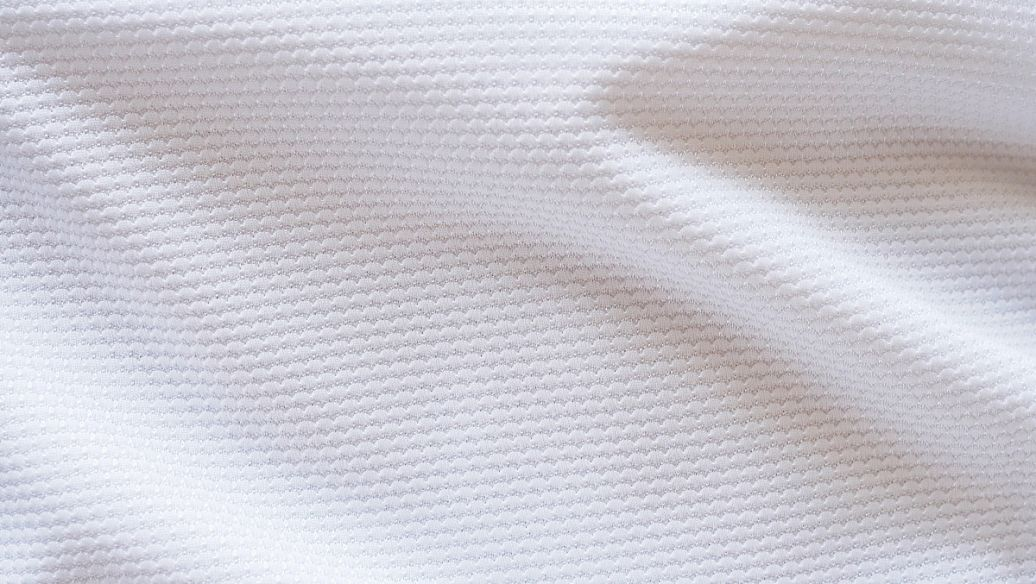
In the process of lining fabric manufacturing, the appearance of defects is inevitable. How to quickly identify defects and distinguish the types and sizes of defects is crucial for evaluating the quality of clothing lining.
Common defects in clothing lining fabric
Linear defects
Line defects, also known as line defects, are defects that extend along the longitudinal or transverse directions and have a width not exceeding 0.3cm. It is often related to yarn quality and weaving technology, such as uneven yarn thickness, poor twist, uneven weaving tension, and improper equipment adjustment.
Strip defects
Strip defects, also known as strip defects, are defects that extend along the longitudinal or transverse directions and have a width exceeding 0.3cm (including blocky defects). It is often related to factors such as yarn quality and improper setting of loom parameters.
Be damaged
Damaging refers to the breaking of two or more yarns or holes of 0.2cm2 or more in the warp and weft (longitudinal and transverse) directions, broken edges of 2cm or more from the edge, and jumping flowers of 0.3cm or more. The causes of damage are diverse, often related to insufficient yarn strength, excessive tension in warp or weft yarns, yarn wear, machine malfunctions, and improper operation.
Defects in the base fabric
Defects in base fabric, also known as defects in base fabric, are defects that occur in the production process of clothing lining fabric.
Film foaming
Film Blistering, also known as Film Blistering, is a defect where the film does not adhere firmly to the substrate, resulting in bubbles.
Scorching
Drying sealing is a defect on the surface of a lining fabric that is burnt yellow and has a hard texture due to prolonged high temperature.
Harden
Hardening, also known as hardening, refers to the inability of the lining fabric to return to its original state and harden its texture after being compressed.

Powder leakage and leakage points
Coating missing, also known as powder leakage, refers to the defect that occurs during the gluing process when the hot melt adhesive point type does not transfer to the bottom of the fabric in a local area of the adhesive lining, and the bottom is exposed. It is called a missing point (shirt lining with more than 1 point, other lining with more than 2 points); The hot melt adhesive is not completely transferred to the cloth surface, resulting in missing powder points and powder leakage.
Excessive coating
Excessive coating, also known as over coating, is a localized area of the adhesive lining. The actual amount of hot melt adhesive applied is significantly greater than the specified amount, manifested as the unit area of hot melt adhesive applied being 12% greater than the specified unit area of hot melt adhesive applied.
Uneven coating
Coating unevenness, also known as coating unevenness, is a defect manifestation where the amount of adhesive applied to the left, middle, right, or front and back of the adhesive lining is significantly different.
Powdering
Coating bonding, also known as coating bonding, is a type of adhesive point or block formed during the coating process when the hot melt adhesive is transferred to the fabric, which is significantly larger than the normal coating point.
Powder shedding
Shed powder, also known as shed powder, is the remaining adhesive powder in the adhesive lining fabric structure that has not bonded with the substrate. Or adhesive powder formed due to incomplete baking of the applied hot melt adhesive that has not combined with the base fabric and surrounding adhesive powder.
In addition, there may also be various problems such as crotch defects, ground defects, diagonal defects, bird eye pattern defects, arches, broken heads, pattern color errors, broken weft defects, abrasion defects, spot defects, hanging edge defects, etc. These defects may be related to various factors such as yarn quality, weaving process, dyeing treatment, etc.
Post time: Jun-24-2024





